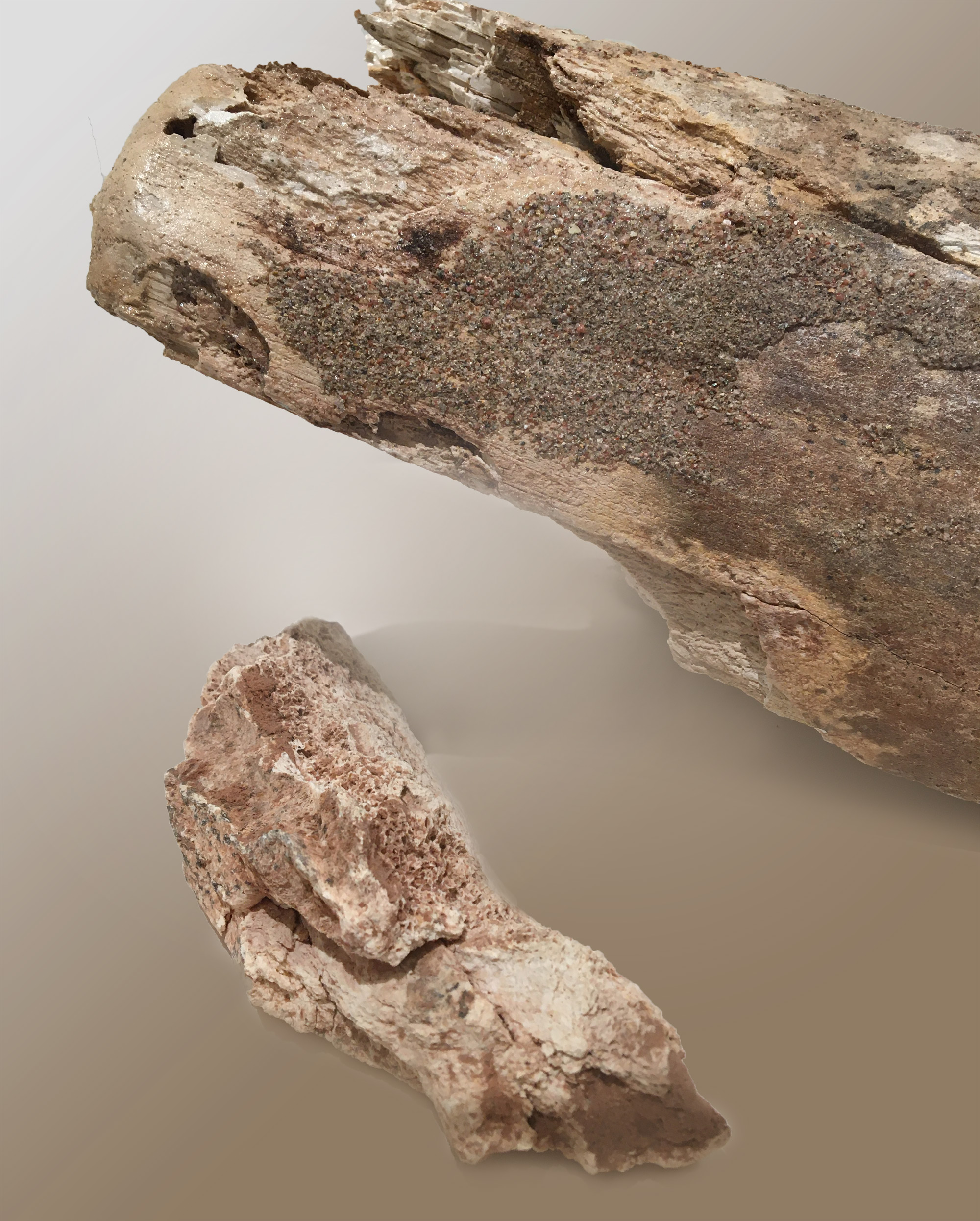Some information may be outdated.
What stories does a 10,000-year old mammoth tusk found in Professor Valley have to tell? From natural history to human history, this fossil- which is on display at the Moab Museum- invites questions and provides a unique peek into the region’s past.
How did the remains of a mammoth wind up in the desert, buried in the red sediment along a sandy wash? What would the environment have been like when this massive Ice Age herbivore was alive? The story of the Professor Valley mammoth tusk is a story of changing environments, and it’s related to some of the earliest human history of the region.
During the last Ice Age, mammoths thrived in a variety of habitats across North America. On the Colorado Plateau, the large herbivores fed primarily on grasses, plant and tree fragments, and bushes. At the end of the Ice Age, the climate began to warm and dry out, causing a loss of habitat resources for species that spent most of their time searching for food. Around the same time, humans migrated into North America, using stone spear points to hunt megafauna. Scientists think that the combination of climate change and the presence of human predators most likely caused the population decline and eventual extinction of mammoths approximately 13,000 and 10,000 years ago.
It’s impossible to know whether the mammoth whose tusk now sits on display at the Museum would have encountered any humans as it grazed on the vegetation of Professor Valley roughly 10,000 years ago. Either way, the fossil reminds visitors to the Museum that the environment has changed through time, that dramatic history has unfolded on the Moab landscape, and that people have called this region home for millennia.
The Moab Museum is dedicated to sharing stories of the natural and human history of the Moab area. To explore more of Moab’s stories and artifacts, find out about upcoming programs, and become a Member, visit www.moabmuseum.org.
Appreciate the coverage? Help keep local news alive.
Chip in to support the Moab Sun News.





